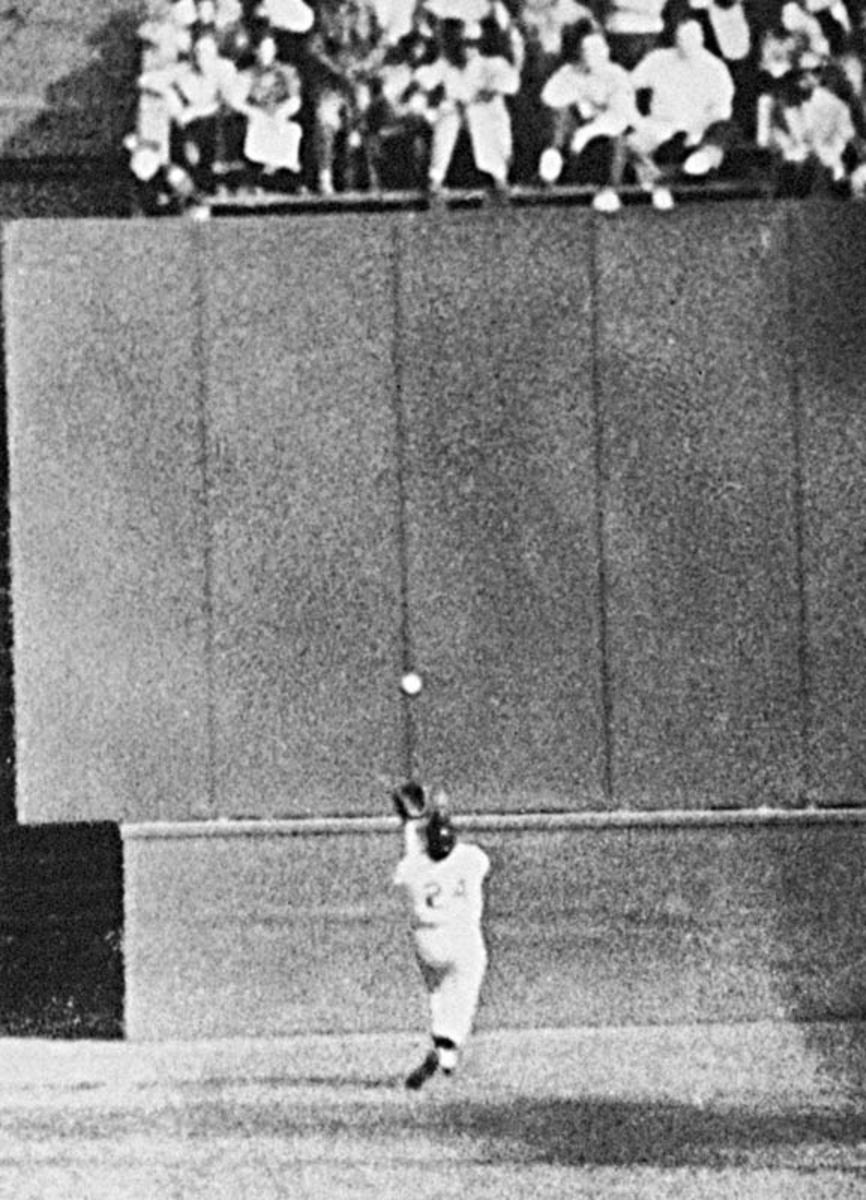What is a Vasectomy?
What it is, how it works, and side-effects
What is a Vasectomy?
A vasectomy is a quick and simple male contraception method. It is a painless medical procedure, carried out under a local anaesthetic. It is considered to be permanent, although it can often be reversed after another surgical procedure. In most cases, the man returns home on the same day, usually several hours after the operation.
How Does a Vasectomy Work?
The fluid that a man ejaculates consists of sperm and semen. The sperm - hundreds of millions of them - may fertilise a woman's egg if they reach it. The semen is the fluid that the sperm travel in. A vasectomy works by stopping the man's sperm from mixing with his semen, so that there is no sperm in the fluid that he ejaculates. Since there are no sperm present in the ejaculation, they cannot fertilise an egg, and so pregnancy cannot occur. Some time after the procedure, the man provides samples to the medical staff, who confirm that no sperm are present in his ejaculation.
What are the Benefits of a Vasectomy?
A vasectomy is a very reliable method contraception. It does not reduce sex drive or sexual pleasure. In some cases, sexual intercourse for the man and woman is more relaxed, as the fear of unwanted pregnancy has gone. A vasectomy does not, however, protect against any sexually transmitted infection, in the way that condoms do.
How is a Vasectomy Performed?
There are two types of vasectomy.
In a standard or common vasectomy, a local anaesthetic is applied to the scrotum. After it has taken effect, an incision is made in the scrotum. The surgeon then uses the incision to access each of the two vas deferens - the tubes that carry sperm. Each vas deferens has a small, typically 1 inch, section removed, and the ends of the vas deferens are then sealed. They may be sealed using heat, or by tying. There is no pain involved with either method. The incision is then stitched with soluble stitches, that dissolve after about one week.
With a no-scalpel vasectomy, a small puncture hole is made in the scrotum. This small hole is used to give the surgeon access to the vas deferens without needing an incision. The vas deferens are then cut and closed in exactly the same way as the standard vasectomy. No stitches are needed with a no-scalpel vasectomy.
Complications of a Vasectomy
As a vasectomy is a relatively minor operation, complications are rare, but like all surgical procedures, there are possible complications. Some of these are haematoma, infection, and fertility.
Haematoma. This happens when blood clots around a blood vessel.After a vasectomy, it is possible that a haematoma may develop inside the scrotum, causing it to swell. Occasionally, surgery is needed to treat the blood clot.
Infection. Any procedure that opens up an entry into the body carries a slight risk of infection. It is imperative that the area around the incision, and the genital area generally, are kept clean after the operation.
Fertility. About 0.05% (one in 2,000) men become fertile again after a vasectomy. This happens when the sealed ends of the vas deferens tube connect again.



